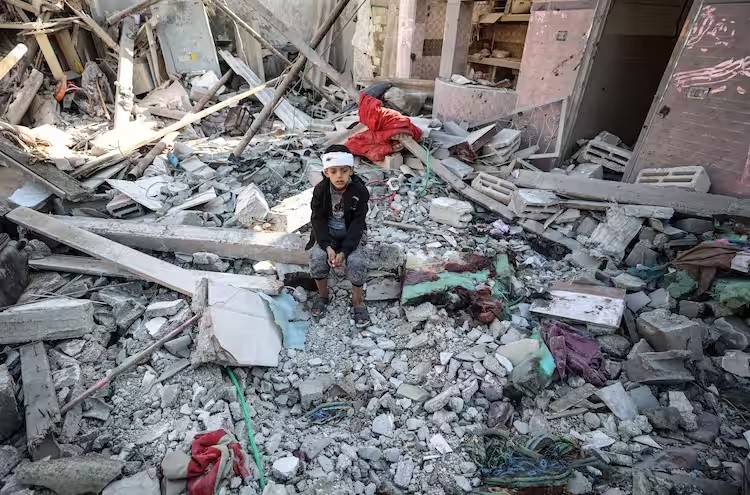 |
| Gaza Strip: About 30% of infrastructure affected, at least 17,000 children are homeless. (Source: Washington Post) |
Reuters reported that the above information was announced by the United Nations Satellite Center (UNOSAT) on February 2.
UNOSAT released satellite images and stated: “A total of 69,147 structures, equivalent to approximately 30% of the total number of structures in the Gaza Strip, were affected.”
Of these, 22,131 structures were identified as destroyed and about 14,066 buildings were said to have suffered serious damage, while 32,950 structures were slightly damaged.
UNOSAT released photos taken on January 6-7 and compared them with six other series of photos, many of which were taken before Israel’s attack on the Gaza Strip. Accordingly, the Gaza City and Khan Yunis areas were the most severely damaged compared to previous analyses.
According to the Hamas government's health agency, Israel's military campaign has so far killed more than 27,000 Palestinians. Airstrikes, shelling and demolitions have completely destroyed urban areas, most of which are civilian structures.
On the same day, the United Nations (UN) estimated that at least 17,000 children in the Gaza Strip are currently homeless without parents or relatives.
Speaking from Jerusalem, Jonathan Crickx, the communications director for the United Nations Children's Fund (UNICEF) in Palestine, said the figure represented 1 percent of the 1.7 million people displaced in Gaza. The total population in the area is about 2.3 million.
“Behind every statistic is a child facing this terrible new reality,” he stressed.
Due to lack of food, water and shelter, families are unable to care for additional children. The mental health of Palestinian children is severely affected. Many show signs of extreme anxiety, loss of appetite, insomnia and panic attacks whenever they hear bombs exploding.
UNICEF now estimates that nearly all children in Gaza, more than 1 million, need mental health support, the UN official noted. The only way to provide mental health and psychosocial support on a large scale is for Hamas and Israel to reach a ceasefire.
Source
























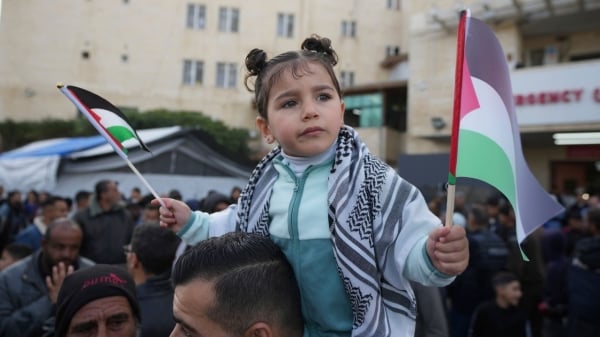
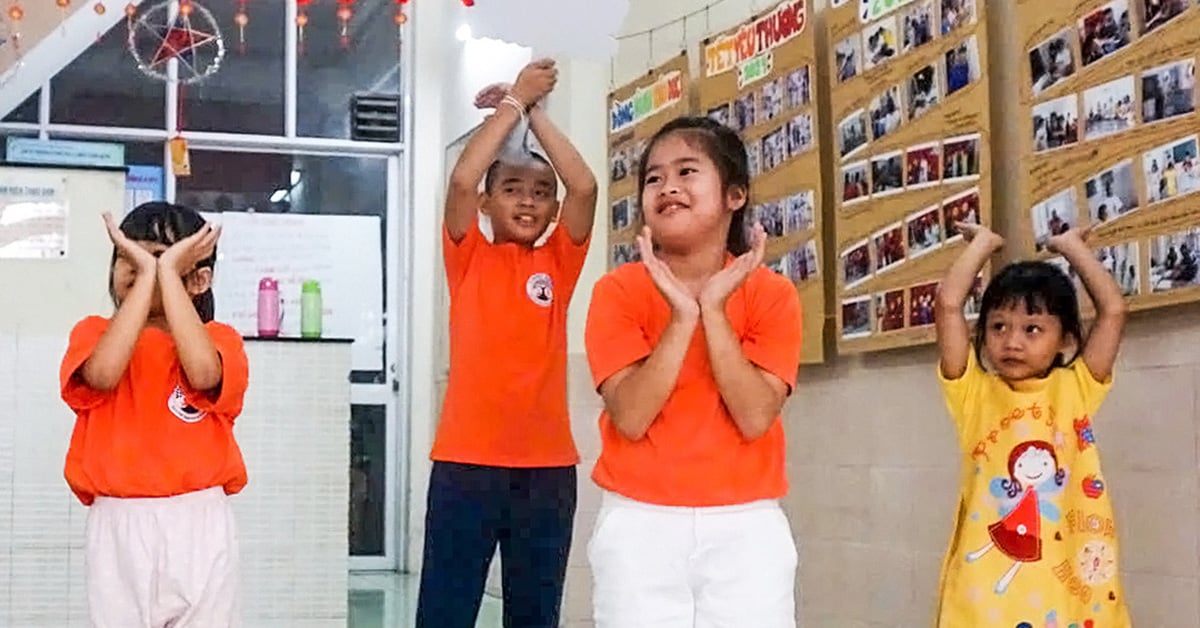

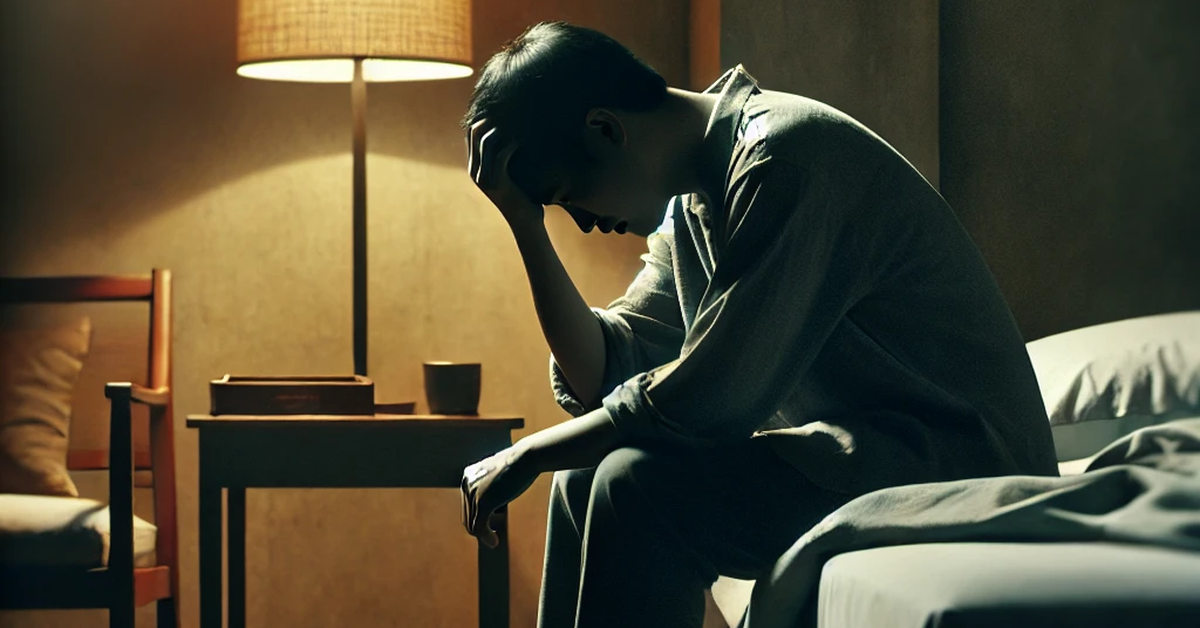


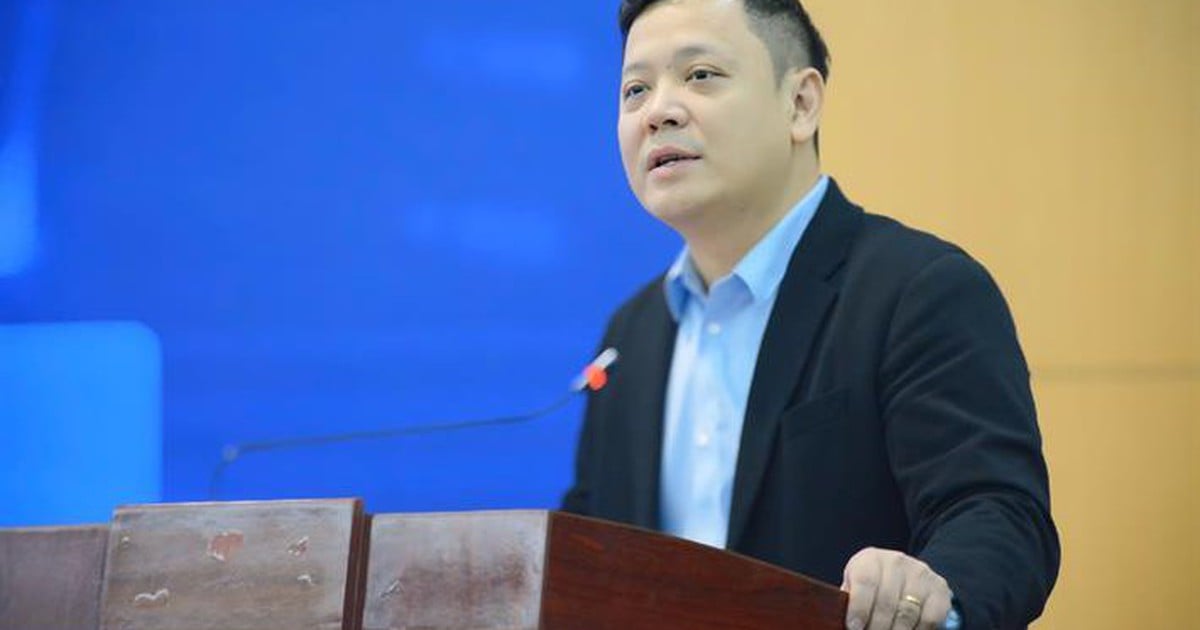

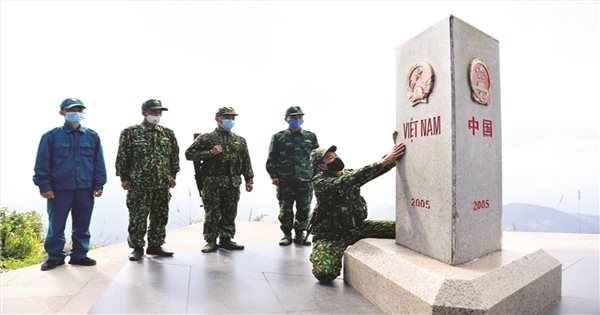



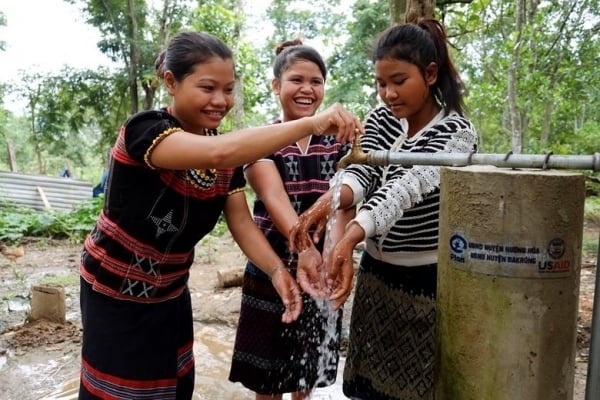

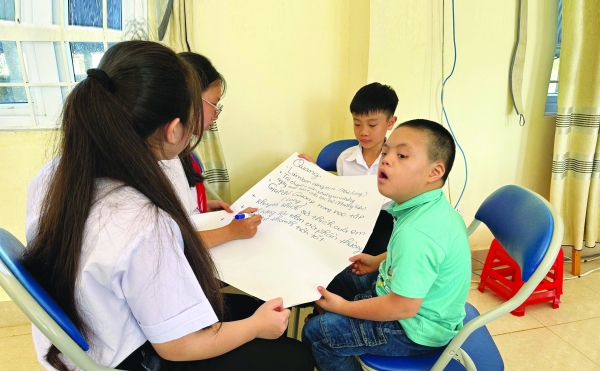
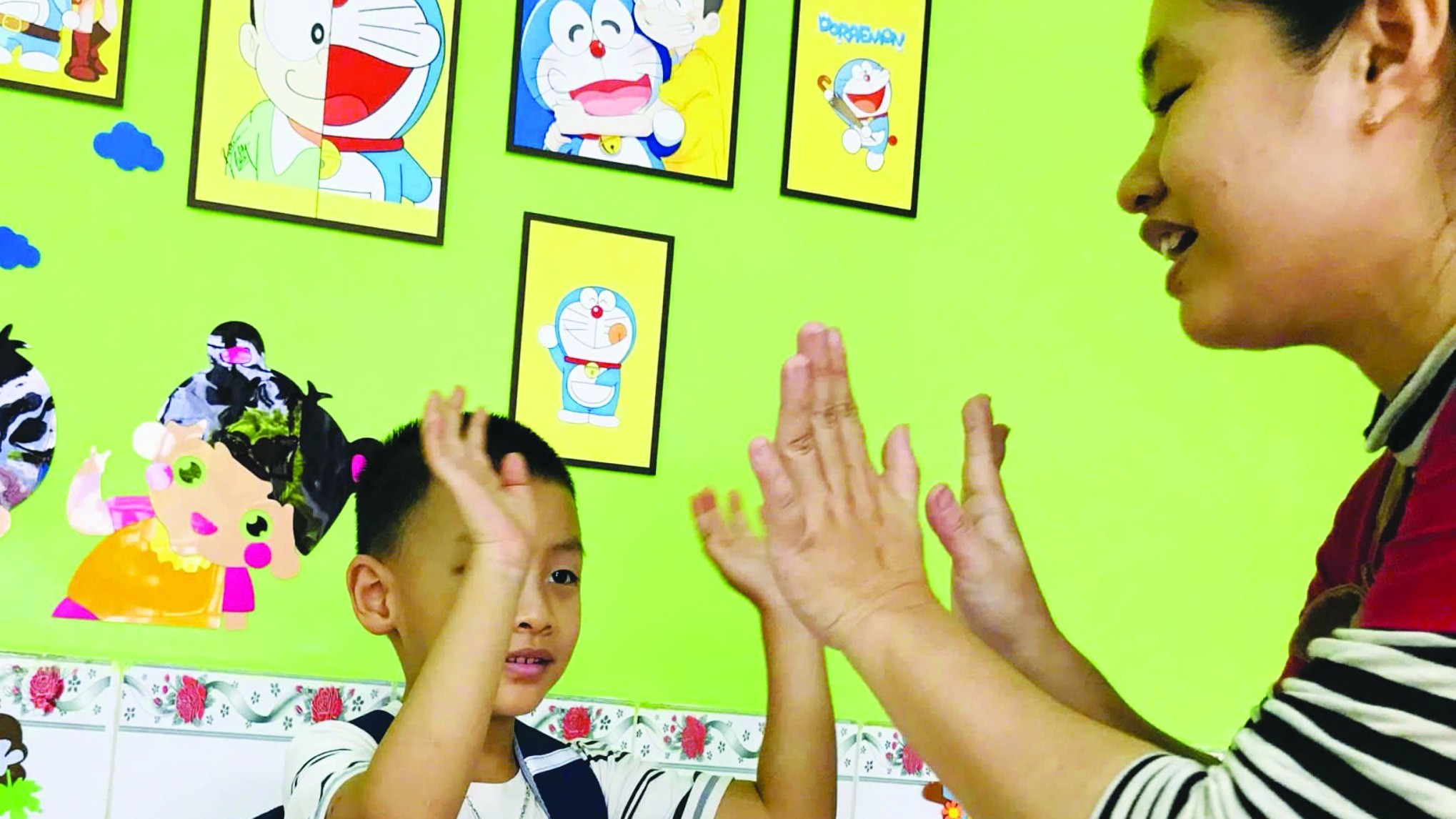
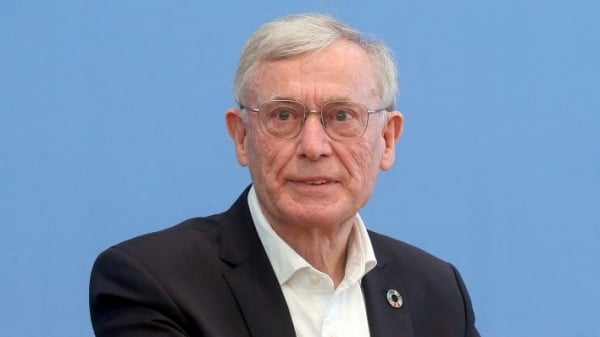
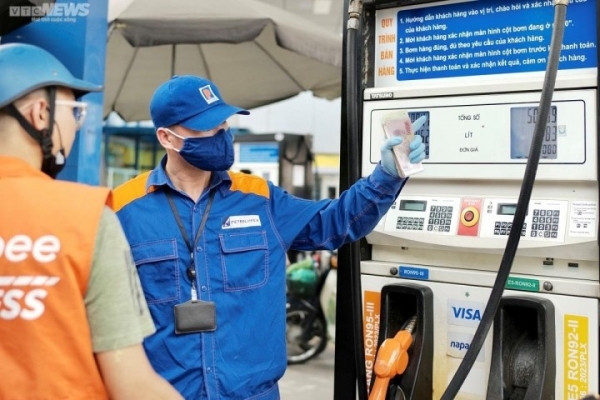

















Comment (0)